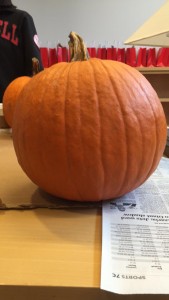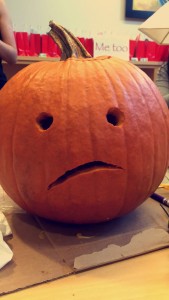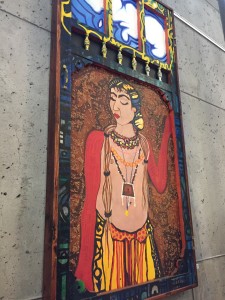This week’s Becker-Rose Café featured Gregory Sloan, a senior research associate working in the Department of Astronomy here at Cornell. He led a casual discussion about the relationship between science and religion, which I found to be surprisingly interesting. Mr. Sloan began by talking about the trial of Galileo in 1633. This particular case is often used as a prime example of science being stifled by religion.
However, Mr. Sloan suggested that science and religion weren’t the only factors at play. Instead, human resilience to change might have had a role in the Galileo trial. The Church likely wanted to keep its power by dissuading people from presenting new and opposing ideas. Galileo’s proposition of a heliocentric model disturbed the existing state of affairs because people had believed that the sun revolved around Earth. During the talk, Mr. Sloan implied that people probably wanted to continue feeling like they were at the center of the universe. As a result of this human tendency, Galileo was silenced for his views.
I enjoyed this talk because it didn’t pit science against religion. Mr. Sloan treated both sides fairly and never tried to sway the audience with his personal views. I left the discussion with a greater appreciation for the importance of both science and religion.



